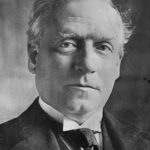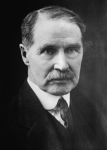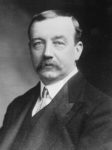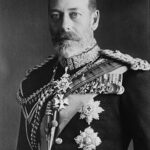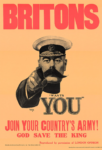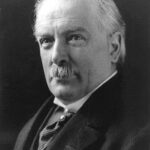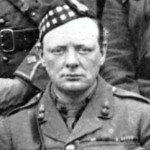The United Kingdom of Great Britain and Ireland (‘UK’) incorporated England, Scotland, Wales and the entire island of Ireland. Irish ‘home rule’ (partial independence) as a dominion within the British Empire was being hotly disputed.
The UK population was around 43 million (now 68 million), with 4.8 million living in Scotland (now 5.5 million). Life expectancy at birth just before the war was about 55 for women and 52 for men. Nearly one in 10 died in infancy.
Electric street lighting was installed in many urban areas, although gas lighting was still common. Fewer than six percent of homes had electricity. Many middle class homes had flushable indoor toilets connected to a water supply and a sewer but much of the population still used toilet outhouses with a cesspit.
The Liberal Party, led by H H Asquith, was in power but only with the support of the Irish Parliamentary Party to maintain a majority in parliament. The other main party was the Conservative and Unionist Party (‘Conservatives’ or ‘Tories’), led by Andrew Bonar Law.* The Labour Party, led by Arthur Henderson, was gaining popularity. The monarch was George V.
* Bonar Law is one of only two UK prime ministers to have been born outside the UK (in New Brunswick, now part of Canada), the other being Boris Johnson (in New York).
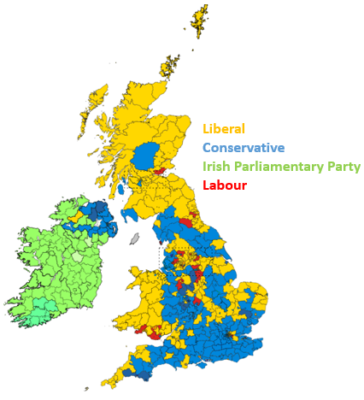
In a weakening political position, Asquith was forced to form a coalition government in May 1915 with the Conservatives and one Labour minister. Lord Kitchener (Independent) continued as Secretary of State for War; David Lloyd George (Liberal) was transferred from Chancellor of the Exchequer to Minister of Munitions to deal with a crisis over a lack of artillery shells; Andrew Bonar Law served as Secretary of State for the Colonies; and Arthur Henderson was appointed President of the Board of Education.
Winston Churchill (Liberal) lost his role as First Lord of the Admiralty at the insistence of the Conservatives, many of whom loathed him after his defection from their party in 1904 and blamed him for the failure of the Gallipoli campaign. After a few months as Chancellor of the Duchy of Lancaster, he resigned from government and took command of the 6th Royal Scots Fusiliers on the front line in Belgium.
See also
